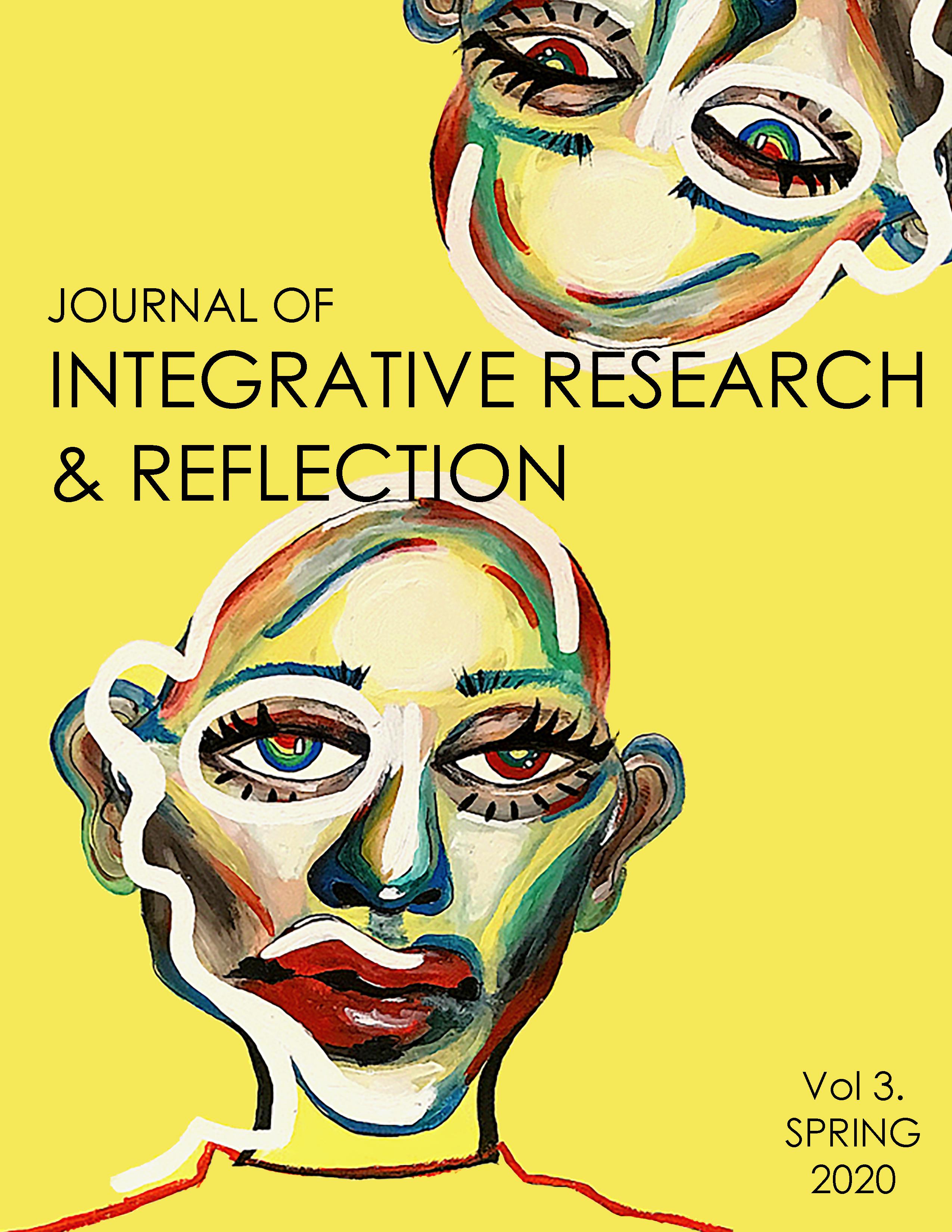“Batavia”: An Analysis on the Pedagogical Possibilities and Limitations of Virtual Reality Art
DOI:
https://doi.org/10.15353/jirr.v3.1683Abstract
Publicly displayed art has long been an important mechanism for public pedagogy, historical representation, and critical thought. Thus, as art-creation technologies evolve enabling public artistic representations to change forms, it is important to critically examine the pedagogical and social implications of these novel art technologies. In this paper, I will analyze the pedagogical possibilities and the potential socio-political implications of an increasingly popular form of modern art representation: Virtual Reality (VR) art. Specifically, I argue that while the immersive and engaging form of VR technologies may offer some interesting possibilities as an educational practice for history through art, if they are not used properly, VR-art technologies may serve to propagate colonial narratives and inhibit a critical lens on historical events. Going forward, then, the ways in which novel artistic technologies are put into practice must be more critically examined and critiqued before they are launched into the public sphere.


